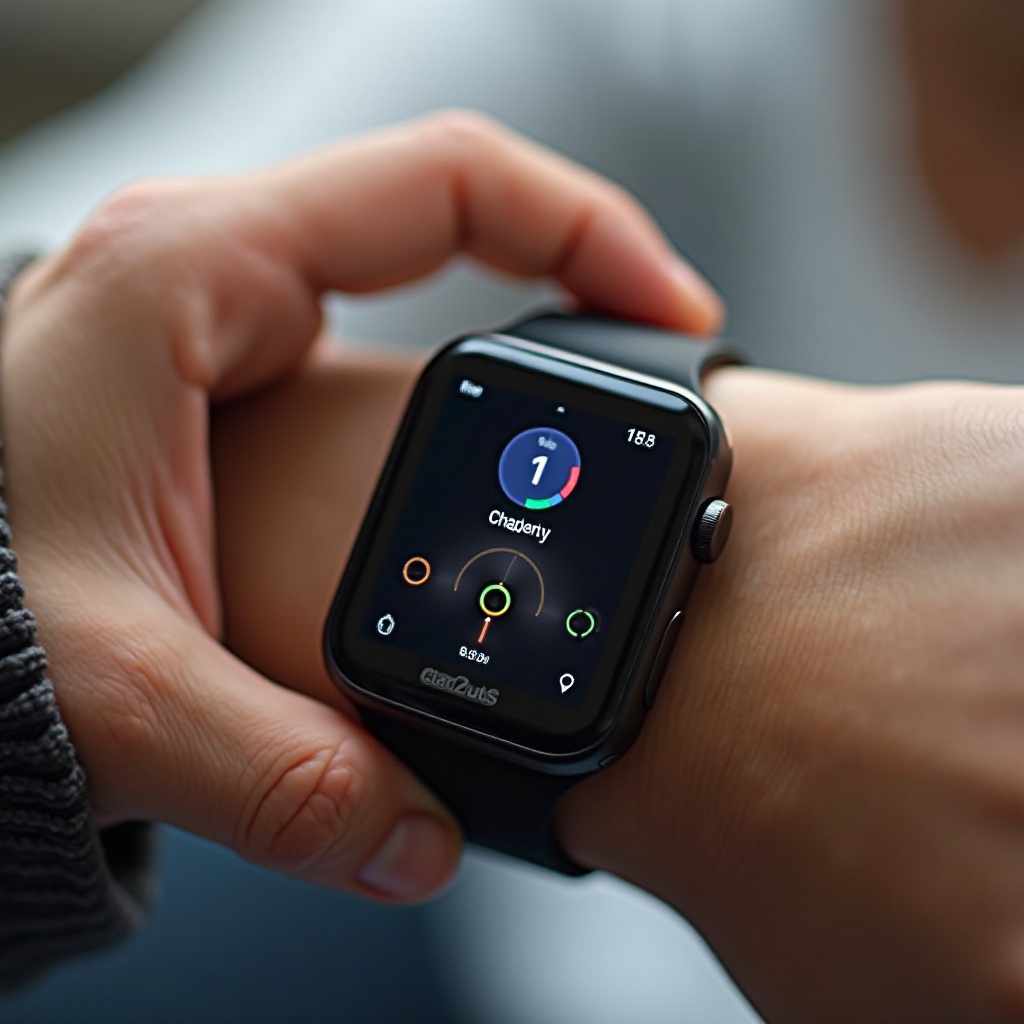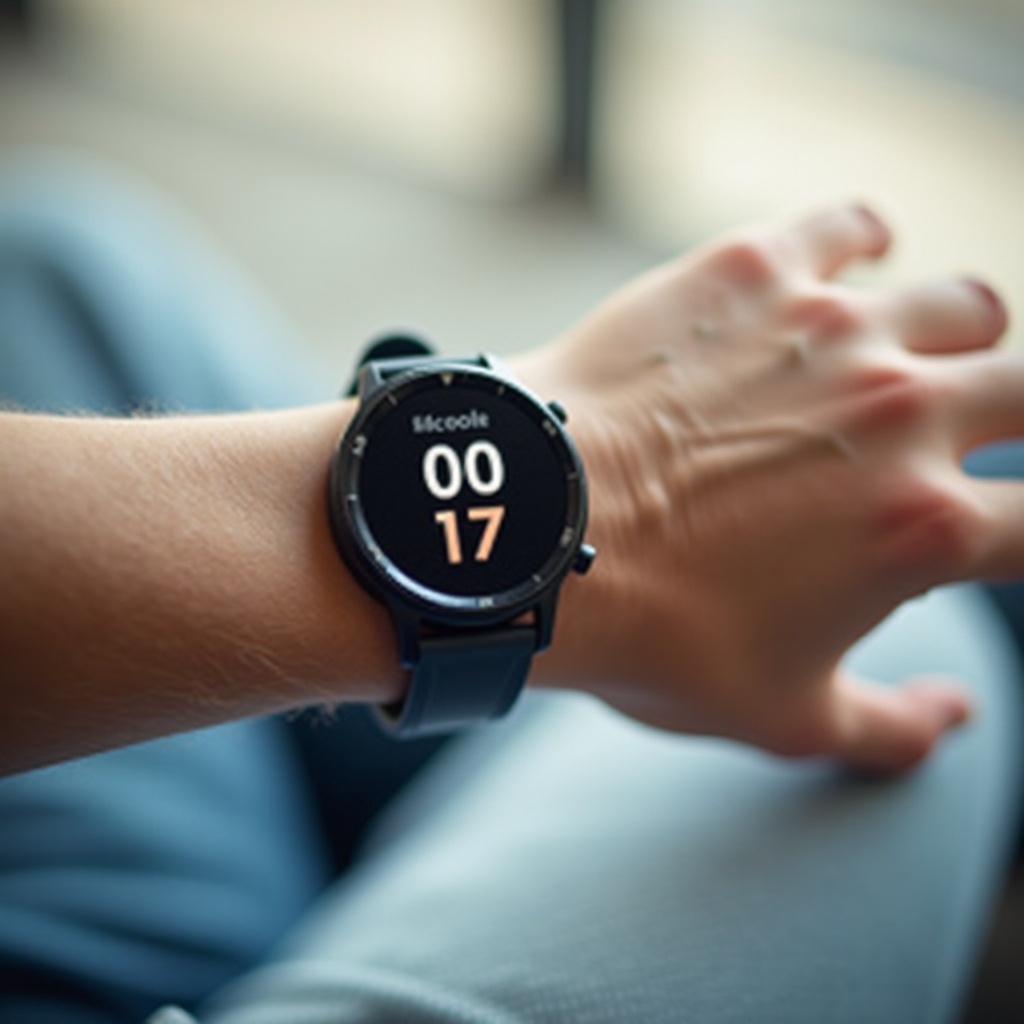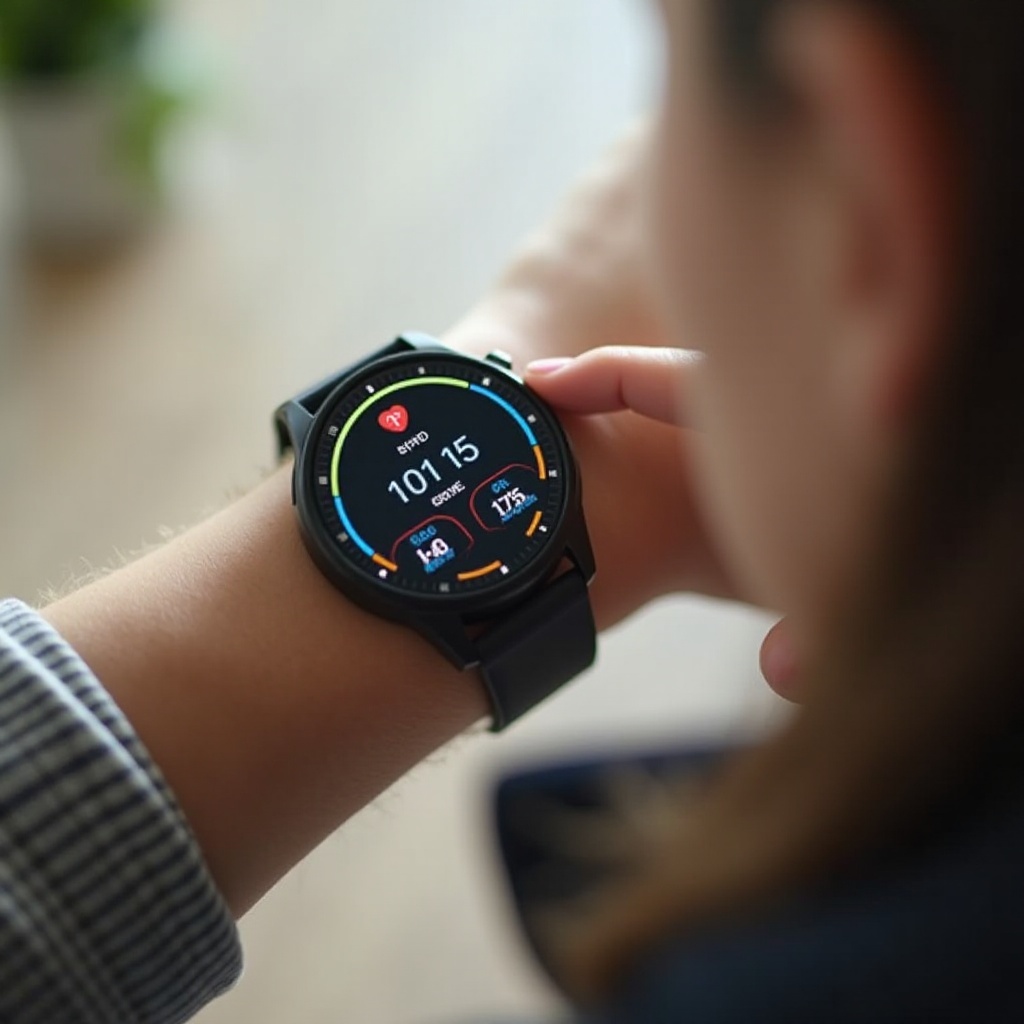
Introduction
Checking blood sugar levels has become more convenient, thanks to advancements in wearable technology. Smartwatches, traditionally known for tracking physical activities and notifications, now offer features to monitor vital health signs, including blood sugar levels. This technological leap can be life-changing for those managing diabetes or maintaining stable blood glucose levels. This guide will walk you through the nuances of using a smartwatch to monitor your blood sugar, ensuring you reap the benefits of this innovative technology.

Why Monitor Blood Sugar Levels?
Blood sugar monitoring is crucial for individuals with diabetes, as it helps manage and control the condition. Regular monitoring can prevent dangerous complications such as hypoglycemia or hyperglycemia. It can also provide insights into how different foods, activities, and medications affect your glucose levels, enabling better lifestyle and treatment decisions.
For those without diabetes, keeping an eye on blood sugar levels can still be beneficial. It helps detect prediabetes, manage weight, and understand how your body responds to insulin. This proactive approach can lead to a healthier lifestyle and prevention of metabolic disorders.
The Evolution of Smartwatch Technology
Smartwatches have evolved significantly over the past decade. Initially designed to complement smartphones, they soon incorporated fitness tracking capabilities. As technology advanced, developers began integrating health monitoring features like heart rate tracking, sleep analysis, and even electrocardiograms (ECG). The next logical step was to include blood sugar monitoring, addressing a vital health need.
Recent models come equipped with sensors that non-invasively track glucose levels. Innovations such as advanced optical sensors and machine learning algorithms ensure accuracy. This technology is revolutionizing how people monitor their health, making it more accessible and less invasive than traditional methods.
Steps to Check Blood Sugar on a Smartwatch
Compatible Smartwatch Models
Not all smartwatches come equipped with blood sugar monitoring capabilities. The following models are known for this feature:
1. Apple Watch Series 7 (with third-party apps)
2. Samsung Galaxy Watch 4
3. Fitbit Sense
4. Garmin Fenix 6 (with third-party integration)
Initial Setup and Calibration
Before you can start monitoring, you need to set up and calibrate your device:
1. Download and install the relevant app from your smartwatch’s app store.
2. Create an account and provide necessary health information.
3. Pair your smartwatch with your smartphone for better data synchronization.
4. Calibrate the sensor – this usually involves a one-time use of a traditional blood glucose monitor to ensure accuracy.
Detailed Step-by-Step Guide
- Ensure your smartwatch is charged and securely fitted on your wrist.
- Open the blood sugar monitoring app on your smartwatch.
- Follow the on-screen instructions to initiate a reading.
- Wait for the sensors to capture and analyze the blood glucose level – this may take a few seconds.
- View your blood sugar reading on your smartwatch display.
- Save the reading for future reference. Most apps allow you to track trends over days, weeks, and months.
- Sync the data with your smartphone for a more comprehensive analysis and backup.
Benefits of Using a Smartwatch for Blood Sugar Monitoring
Using a smartwatch for blood sugar monitoring offers several benefits:
1. Non-invasive and pain-free method compared to traditional finger pricking.
2. Continuous monitoring provides a real-time view of glucose levels.
3. Convenient and less intrusive, encouraging more consistent monitoring.
4. Integration with other health metrics for a holistic view of your well-being.
5. Data synchronization with apps allows for better tracking and management of health trends.

User Reviews and Experiences
Many users have provided positive feedback about how smartwatches have transformed their health management. Jane, a 45-year-old with type 2 diabetes, mentions, ‘Having my blood sugar levels on my wrist has made monitoring effortless and consistent.’ Similarly, Mike, a fitness enthusiast, shares, ‘It’s fascinating to see how my workouts impact my glucose levels. It has helped me optimize my training and dietary plans.
However, some users also raised concerns about accuracy compared to traditional methods. Regular calibration and following the manufacturer’s instructions can mitigate these issues, ensuring reliable readings.

Conclusion
Smartwatches with blood sugar monitoring capabilities represent a significant leap in healthcare technology. They offer a convenient, non-invasive, and efficient way to keep track of glucose levels, providing peace of mind and better health management. As this technology evolves, it promises even greater accuracy and integration, heralding a new era in personal healthcare.
Frequently Asked Questions
What are the most accurate smartwatches for blood sugar monitoring?
The most accurate smartwatches currently include the Apple Watch Series 7, Samsung Galaxy Watch 4, Fitbit Sense, and Garmin Fenix 6, especially when paired with third-party monitoring apps.
How often should I check my blood sugar levels with a smartwatch?
It depends on individual health needs. Those with diabetes might check several times daily, while others may monitor less frequently. Consulting with a healthcare provider can provide personalized guidance.
Can I rely solely on a smartwatch for blood sugar monitoring?
While smartwatches offer convenience, they should complement traditional monitoring methods. Regular calibration and consultation with healthcare professionals are recommended to ensure accuracy and reliability.
